By Crysta Coburn
Going green has been a catch phrase for several years now. People are increasingly looking for ways to live more sustainably and be in better touch with the natural environment. Forest bathing, or immersing oneself in nature, is a growing trend here in the Midwest. Per the American Psychological Association, numerous studies have shown both physical and cognitive benefits to connecting with nature. This includes sharpening attention spans as well as lowering blood pressure, heart rate, and stress.
Despite the obvious boost to our health, spending time in a forest, meadow, or by a lakeside can be difficult. For some, access, transportation, and free time may be limited. But you don't need to get away to immerse yourself in the outdoors, as many have discovered since the dawn of the 2020s. Staying home, enjoying time on a porch, patio, or in your own backyard also has benefits, and more and more people are taking advantage.
The early years of the decade “certainly saw an inordinate increase in consumers’ interest in gardening, cooking at home both indoors and BBQ, as well as investing in outdoor furnishings,” said Kelly Vore, owner of Downtown Home and Garden in Ann Arbor. One of the recent changes enduring in modern gardening is “the emphasis on container gardening for small spaces: balconies, small homes, and raised beds to optimize soil structure,” she said. “Organic practices and the products (fertilizers, soils, seeds, and plants) that support them are on the rise.”
Rosina Newton, of New Earth Home and Garden, pointed out important benefits of container gardening and raised beds such as “more accessibility for those with mobility issues” and “for those who have contaminated soils.” Of course, there are some drawbacks, Newton said, like being “limited to plants that will grow successfully in a container” and a potential “greater expense for the materials.”
Another trend that has been on the rise is an increased interest in local ecosystems and native plants. Said Newton, “The trends that I see that are the most important are all related to ecological gardening. This includes organic gardening, permaculture, regenerative agriculture, gardening for wildlife habitat, and green stormwater infrastructure.”
In response to these interests, Downtown Home and Garden has “expanded our local plant vendors and added Michigan native choices,” said Vore. Planting native wildflowers, such as Black- and Brown-eyed Susans, Coneflowers, and Milkweed (Michigan has several native varieties), offers food to pollinators and attracts beautiful butterflies to your yard or balcony. Monarch butterflies, for instance, rely on Milkweed both as food and as a place to lay their eggs. It is also the only plant that monarch caterpillars can eat.
An increasing number of homeowners are choosing to replace their grassy green lawns with flowers , such as Bugleweed and Blue Star Creeper. According to Greg Pizzino, operations manager at English Gardens in Plymouth, “Microclover is popular [and] is the only one you'll easily find in seed, making it the most economical.” Not only is choosing native plants and flowers a terrific way to bring more nature into your life, but it is often more economical, saving on water costs, weeding, and overall care. Relax to the bright colors and sweet aromas of the flowers, the gentle buzzing of the bees, the tranquil calling of the birds, all while saving yourself time and money.
If you are specifically trying to attract wildlife, there are a few different garden styles to choose from that have become popular. Meadow gardens are made to look wild like a meadow, though they are often carefully planned by their gardeners. They include native plants, such as Cornflowers, Poppies, and Baby’s Breath, as well as grasses like Brown Fox Sedge and Sweet Grass. Bees, butterflies, birds, and even some small animals thrive in meadow gardens. Pollinator gardens use many of the same plants, but they are not necessarily intended to look as unmanaged as meadow gardens.
For those with allergies, which is a lot of us in Michigan, a moss garden might be a better choice than a flower garden. Many different mosses grow well in Michigan. Sheet moss, also known as feather moss, has a carpet-like texture and prefers acidic soil. While the popular groundcovers, Irish moss and Scotch moss do have moss in their names, they are in fact members of the carnation family, though they do have a moss-like appearance. Ask your local garden store about which moss (or moss lookalike) would work best for your goals as well as the type of soil you have in your yard.
Of course, taking a leisurely stroll or stretching out on the warm earth are both lovely activities to indulge in. But let’s say you want to sit on something other than the ground and enjoy time outdoors with your friends and family (another trending activity). As an extension of your living space, the backyard oasis is the place to be with outdoor furniture, hammocks, and maybe a fire pit, in-ground or raised, or water feature.
If you don’t have access to a yard, you aren’t left out in the cold. Patios, decks, and balconies can also be decorated for nature, and the gardening industry has responded to this increase in interest. A great number of native flowers and herbs grow easily in pots, which can be works of art on their own. For those concerned with supporting their local economy, seeds as well as pottery can be obtained from local shops and artisans.
Said Vore, “We have an extensive selection of fresh new items from Echo Valley (an Ann Arbor company) that makes the very best in beautiful garden decor, from gazing globes to tabletop fireplaces. Something for everyone.”
A unique way to add privacy to your outdoor spaces is by constructing a living fence. By building a fence using living plants, you add color, aroma, and interest to your space. A simple row of hedges or shrubs could do the job just fine. However, these are far from the only options. A lattice has the potential to support a number of climbing plants such as Morning Glories, Sweet Pea, and Wisteria. As people continue to take advantage of outdoor spaces, living fences will undoubtedly continue to grow in popularity.
The early 2020s also showed an increase in edible gardens, or gardens containing fruits, berries, vegetables, herbs, and other edible plants. Edible landscaping, or foodscaping, is a more modern way of achieving the best of both worlds, a garden that is both a pleasant place to hang out as well as a source of nutrition. There is a distinct feeling of satisfaction in growing one’s own food. And depending on how agriculture goes this year, foodscaping may become an important component of the average home.
So many attractive edible plants grow well in Michigan! Swiss chard has large green leaves and colorful stems. Rhubarb is another leafy green plant with gorgeous stalks that come in shades from light pink to deep scarlet. Curly parsley has ruffled leaves that add both color and texture to a landscape. Fruit trees produce beautiful blossoms in the spring, and chives make lovely purple pom-pom-like flowers if they are allowed to bloom. Remember the living fence we mentioned earlier? Why not try growing grapes or tomatoes on that trellis instead of Morning Glories? (Although some morning glory varieties are, in fact, edible.)
Some key takeaways for modern gardeners that Newton suggested are:
Learn more about sustainable, ecological landscaping
Reduce and/or eliminate lawns
Use organic, sustainable methods and materials
Plant appropriate native plants, which replenish habitat for endangered insects, pollinators, birds, and other wildlife
Use green stormwater infrastructure design (e.g. rain gardens and native plants) to reduce rainwater runoff that causes pollution, flooding, and erosion in our watersheds (see Newton’s article on protecting our watersheds)
We hope this article has shown you some of the new and exciting opportunities in the gardening world and offered inspiration for your own nature-filled sanctuary. The world of gardening is wide open and full of colors, scents, sounds, and flavors that invite your mind and your heart to explore and get creative.
Related Articles:




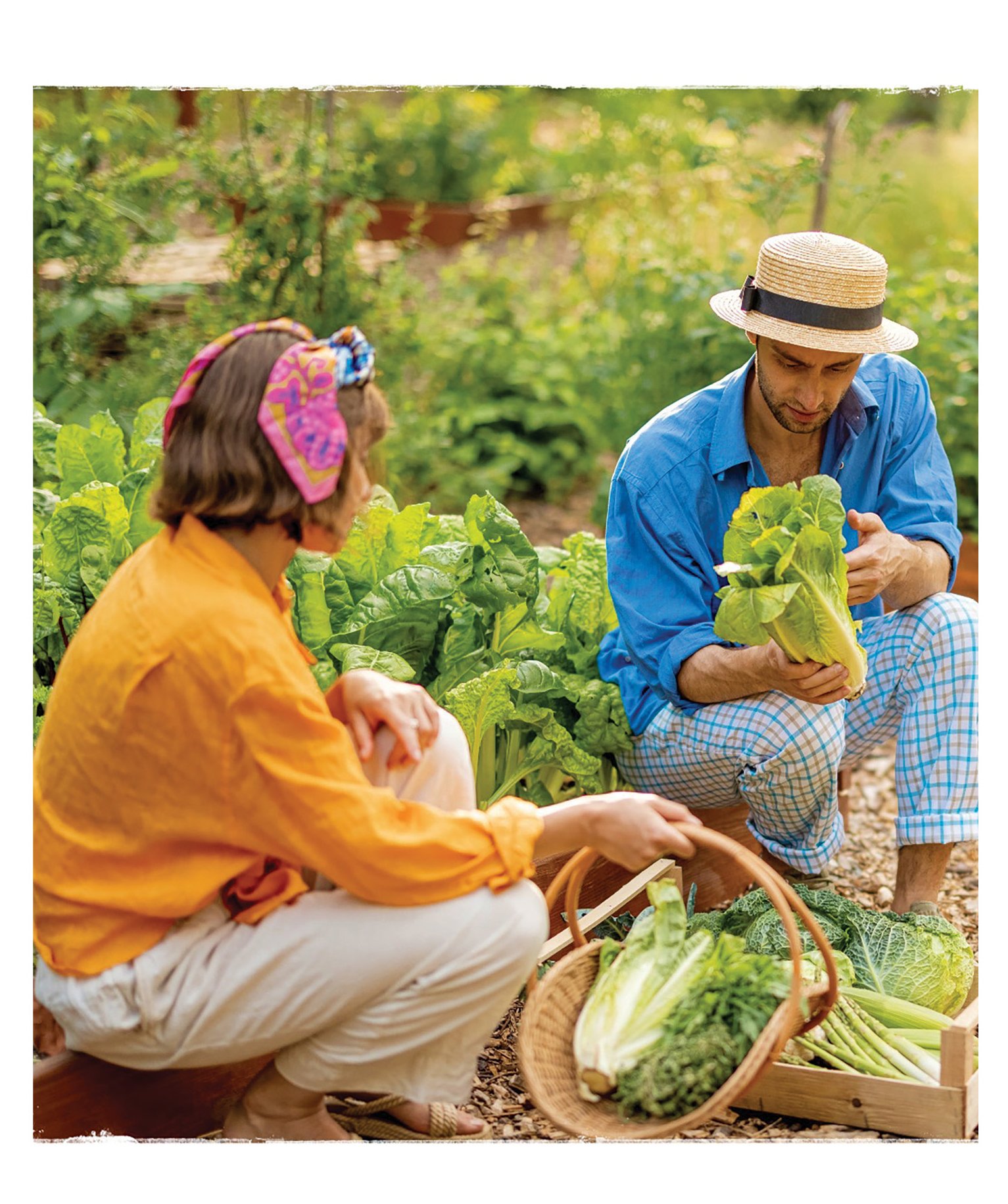



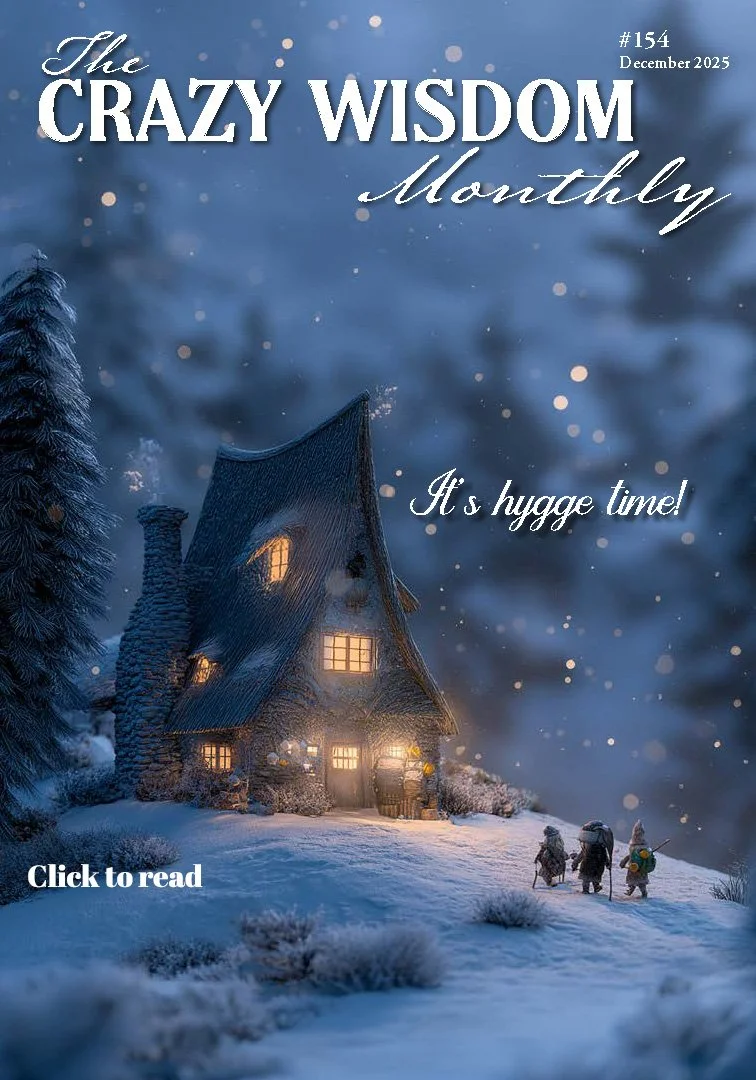


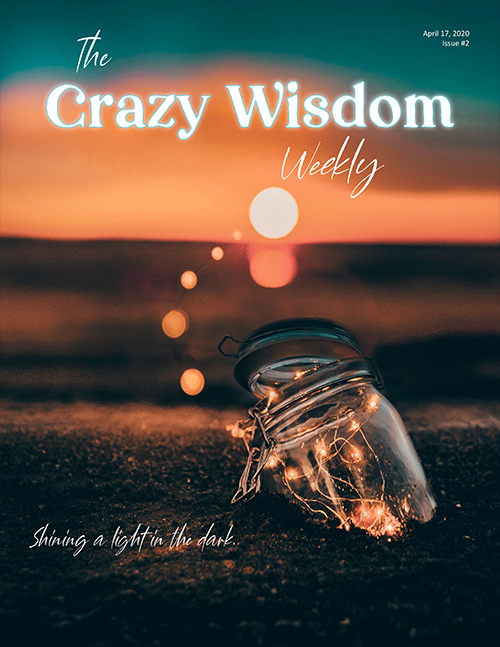
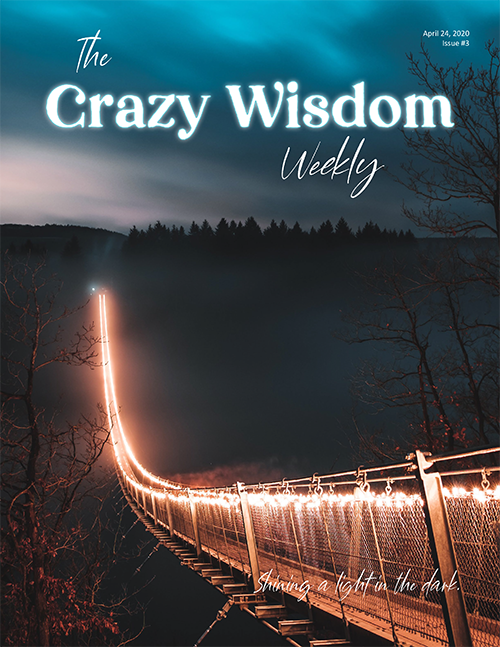


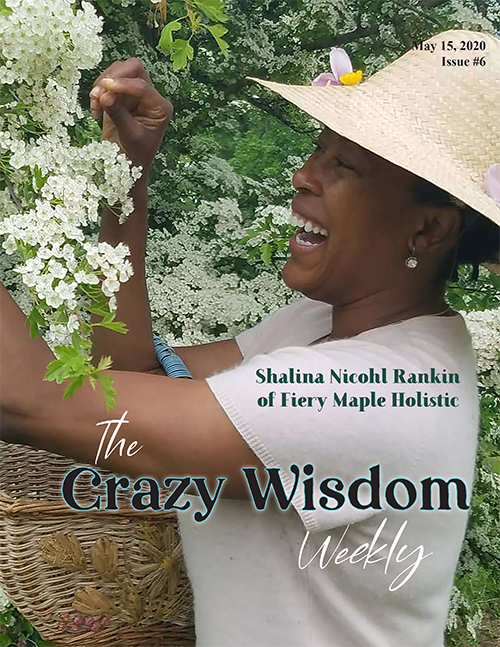
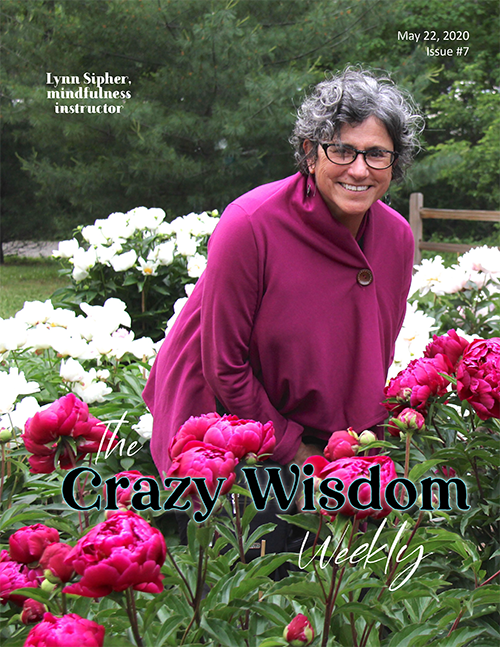
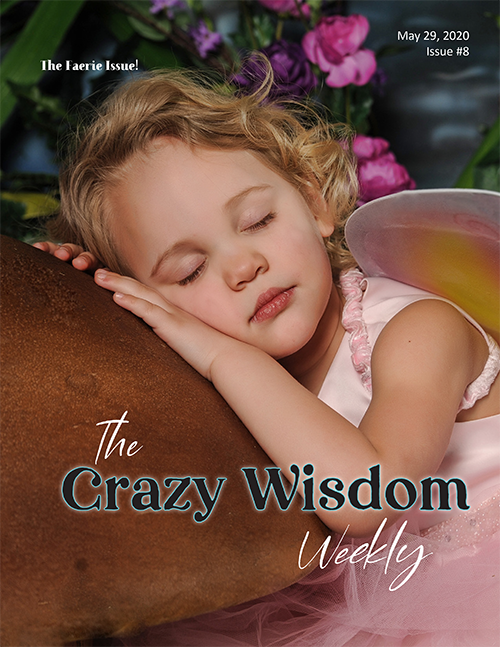










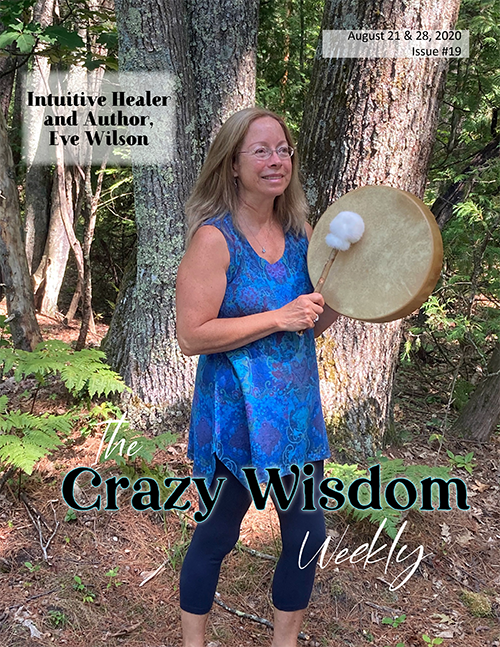







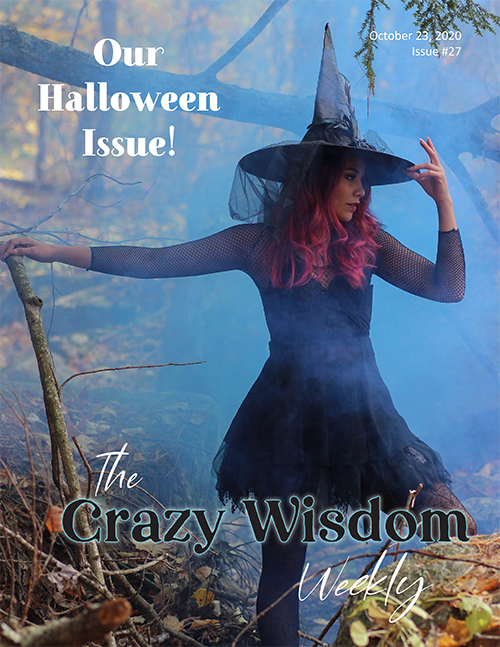
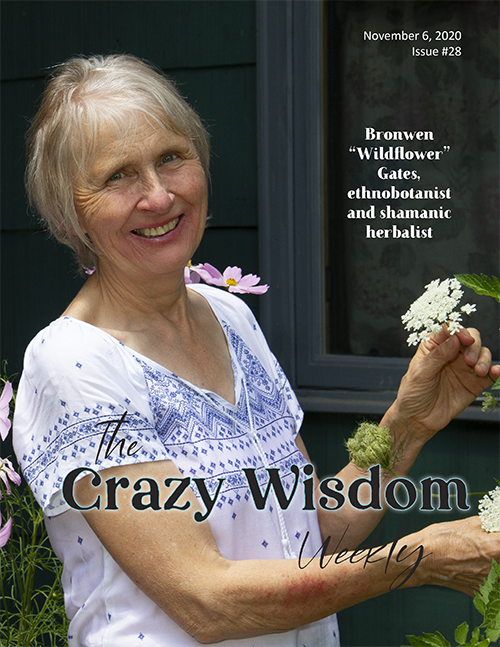
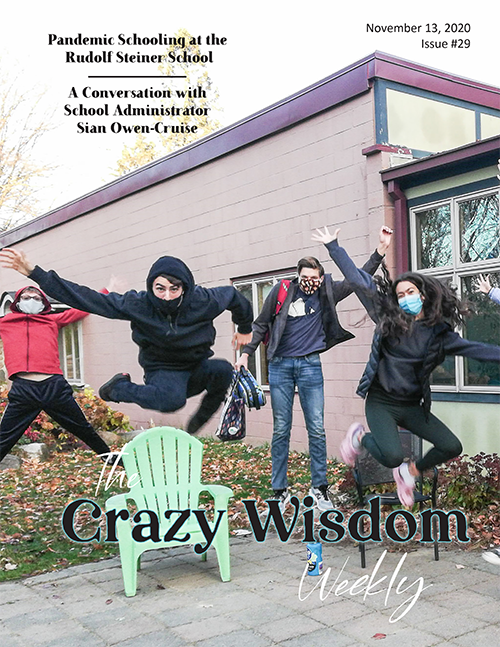




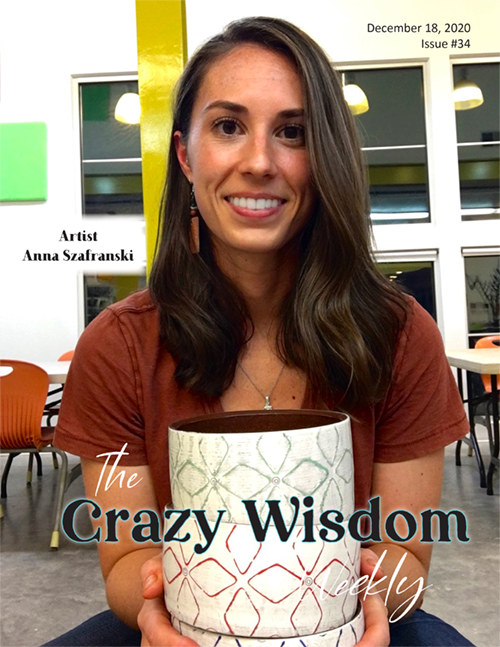
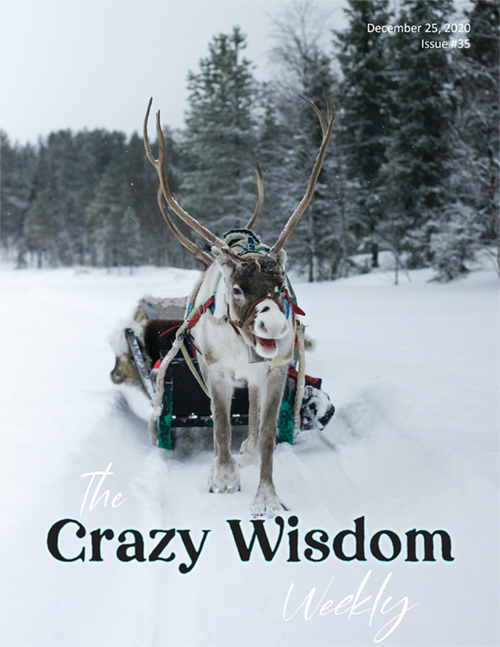






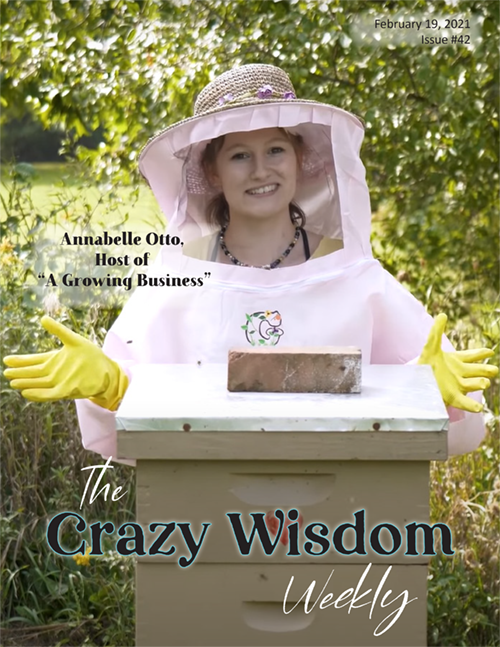
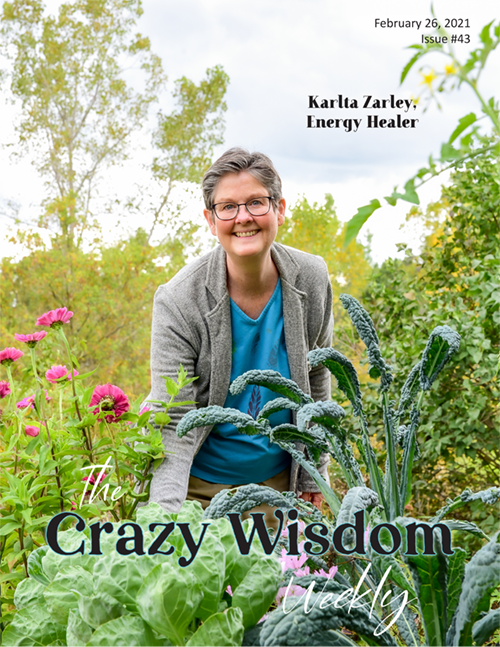

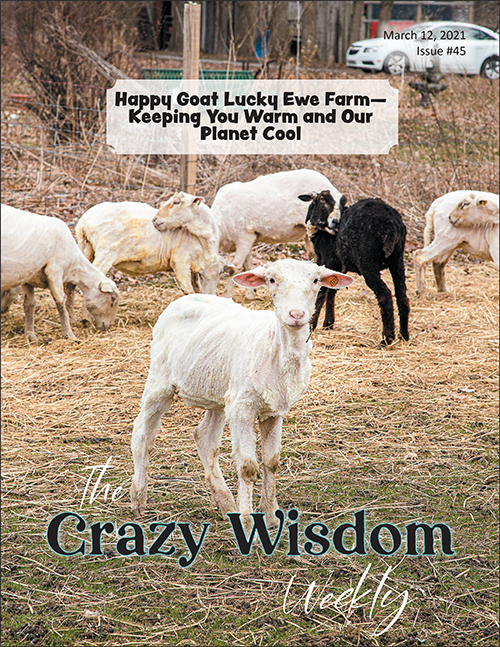

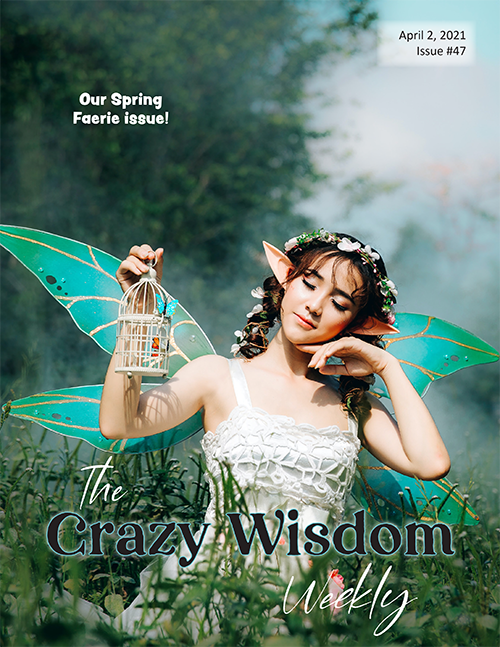



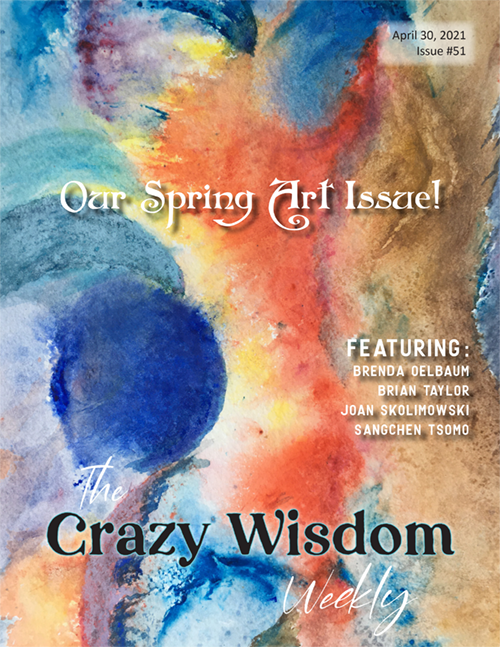




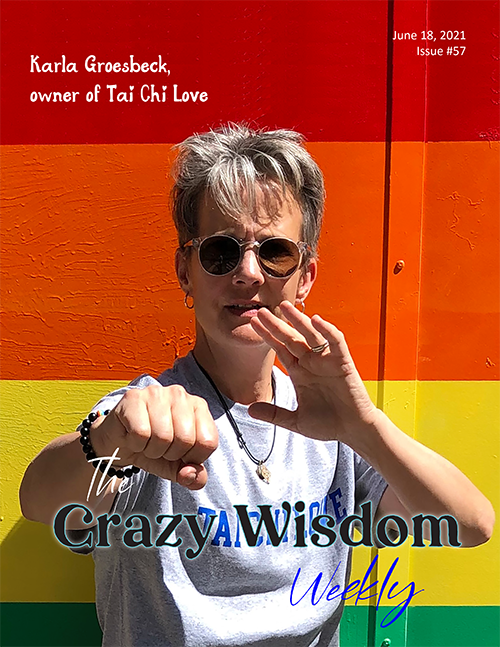




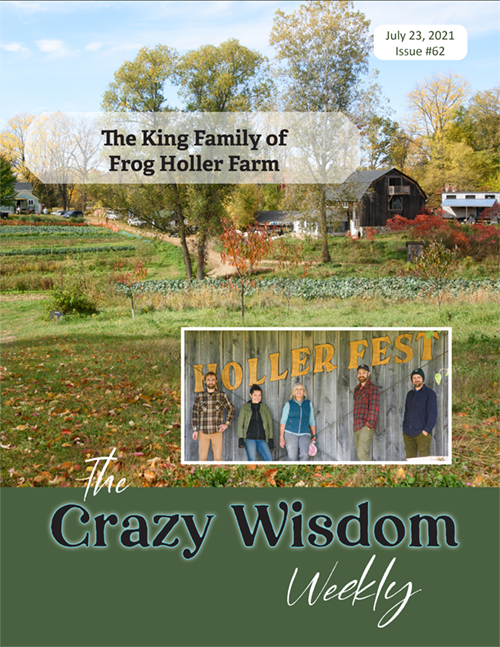
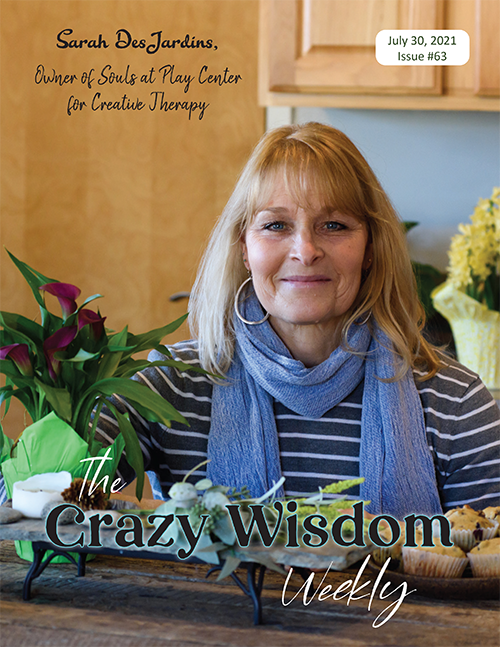
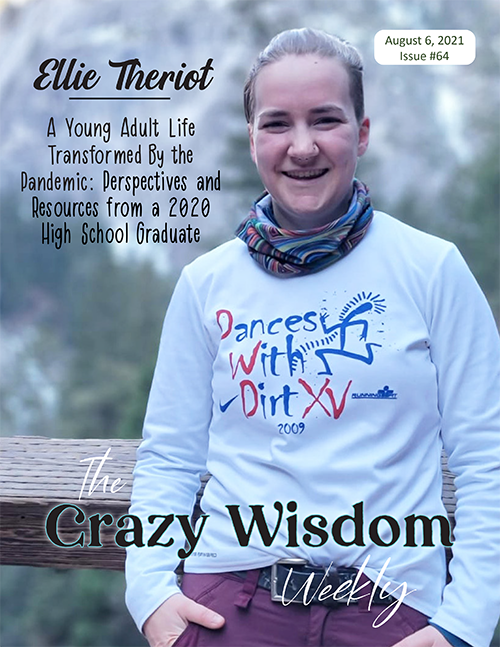
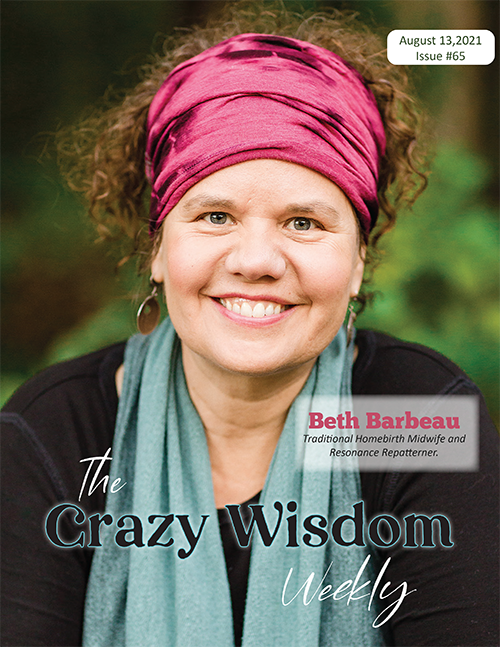


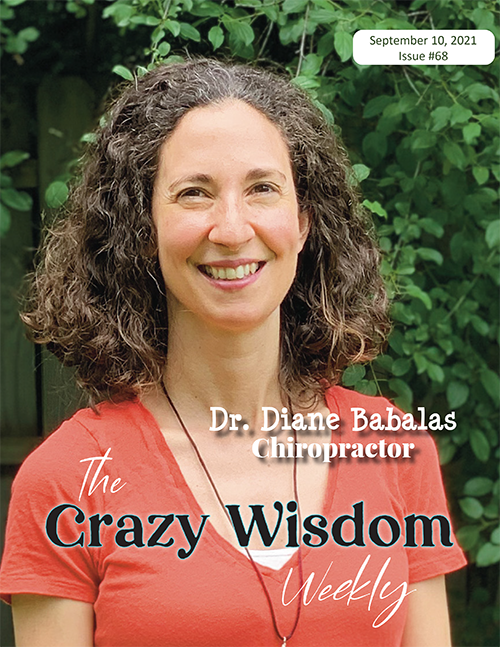

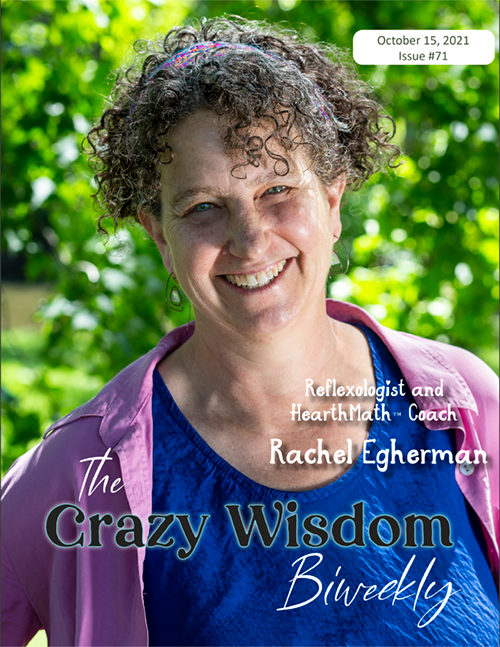
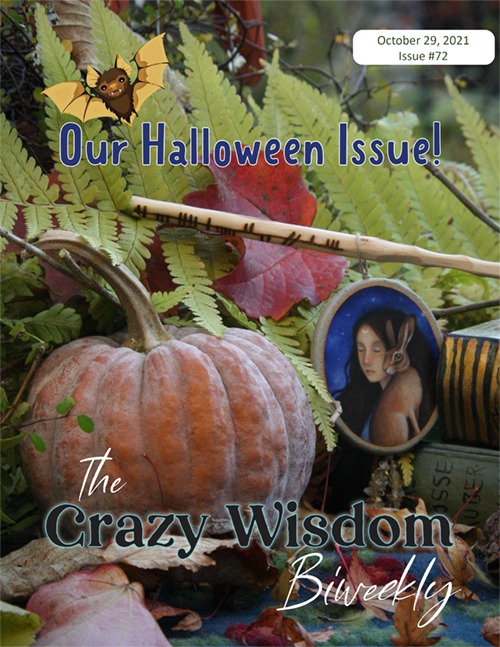
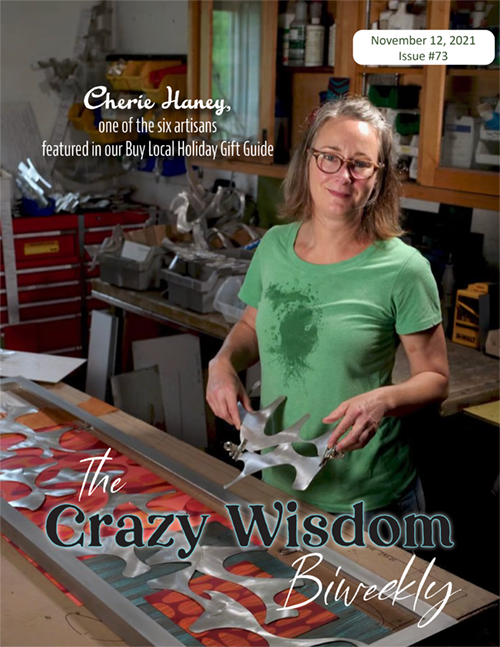

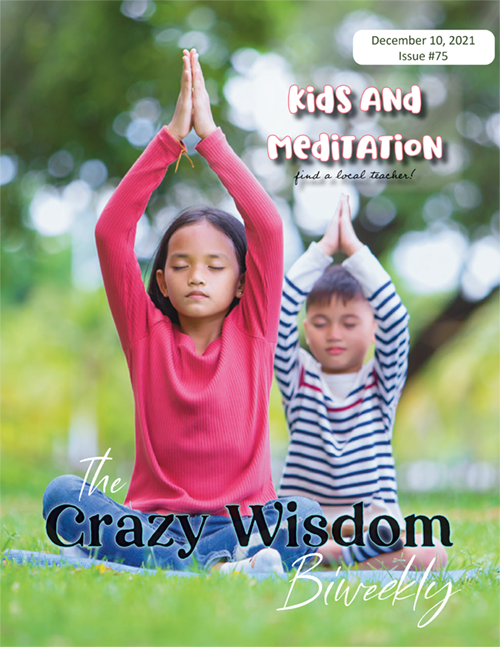



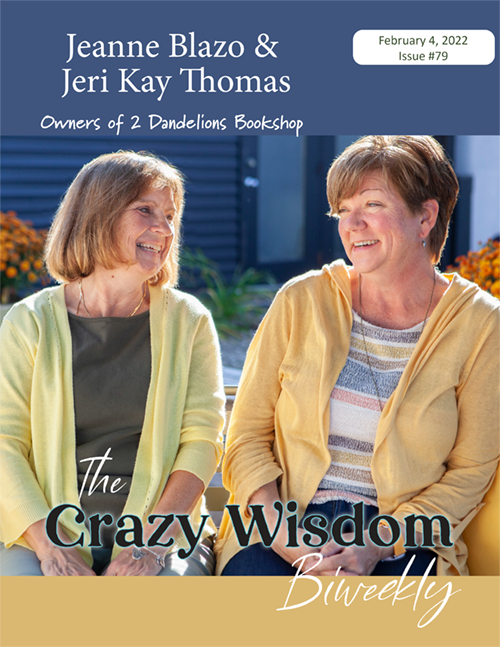



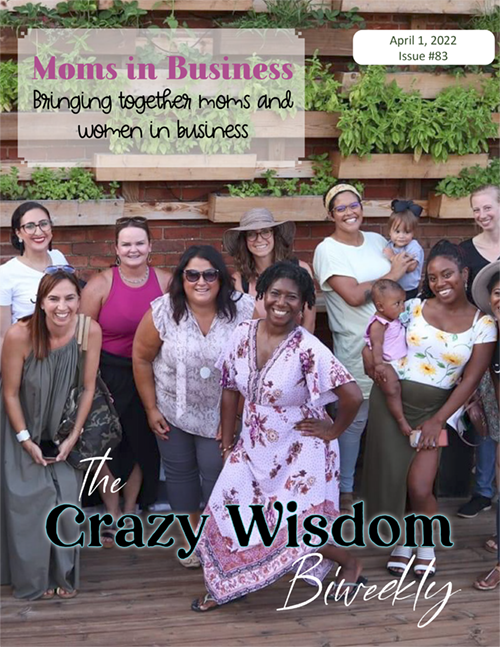

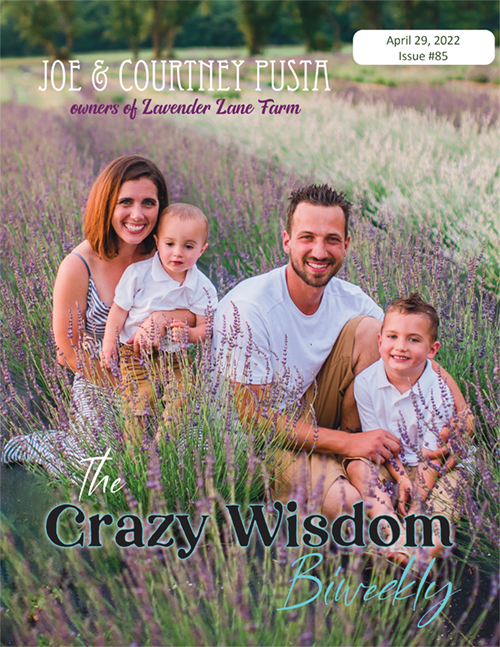


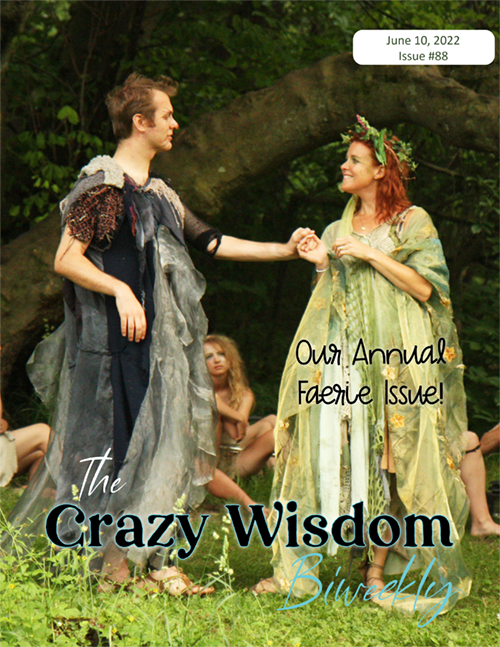


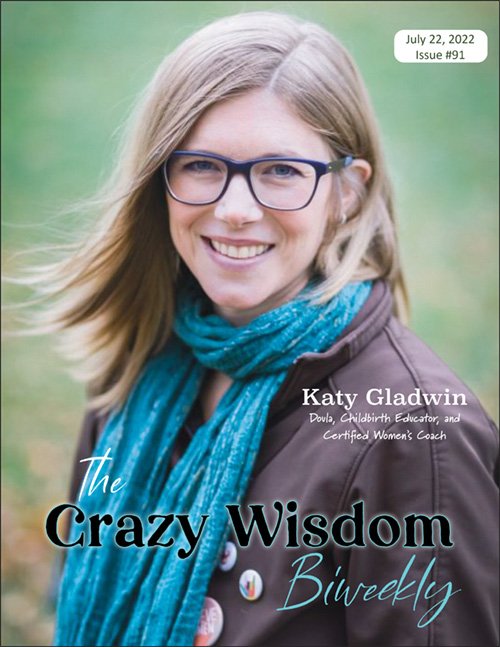
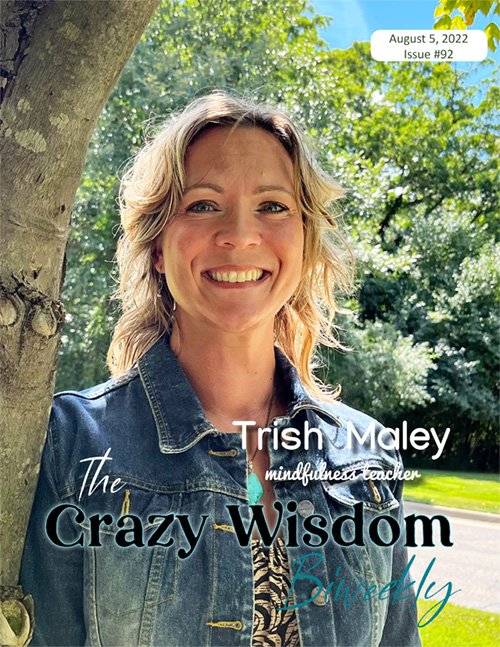
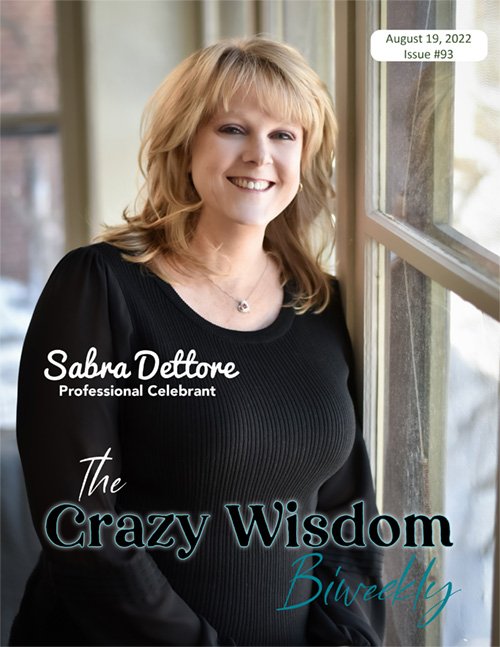

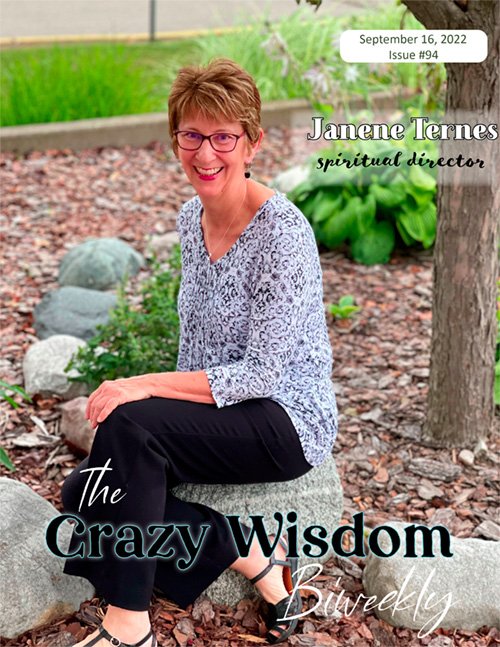


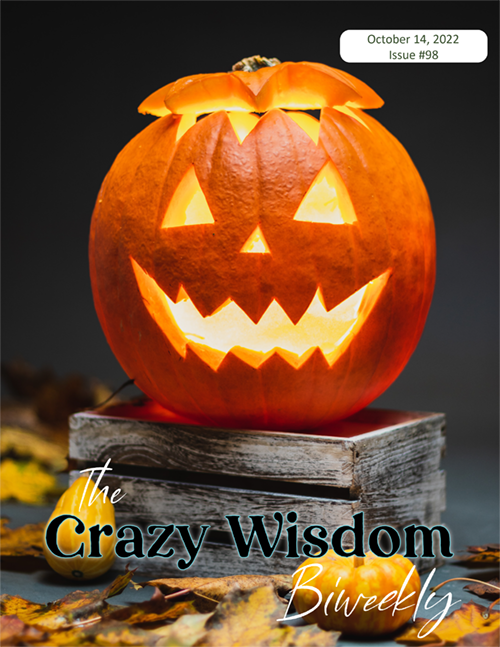










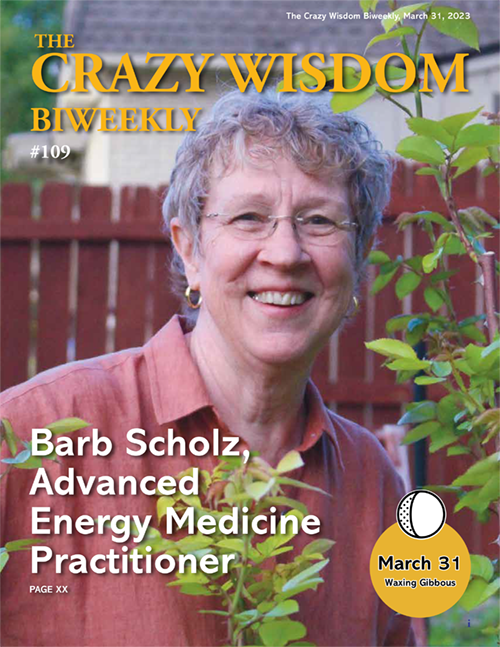
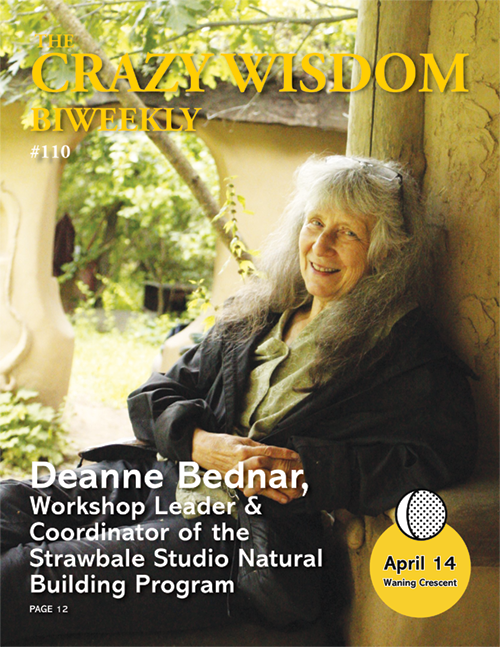
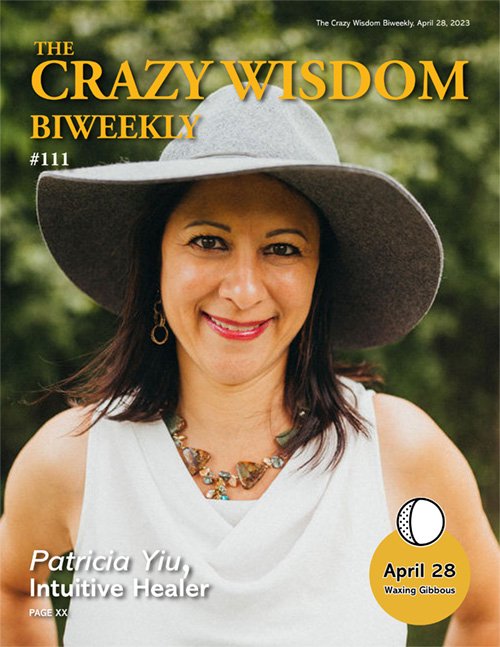
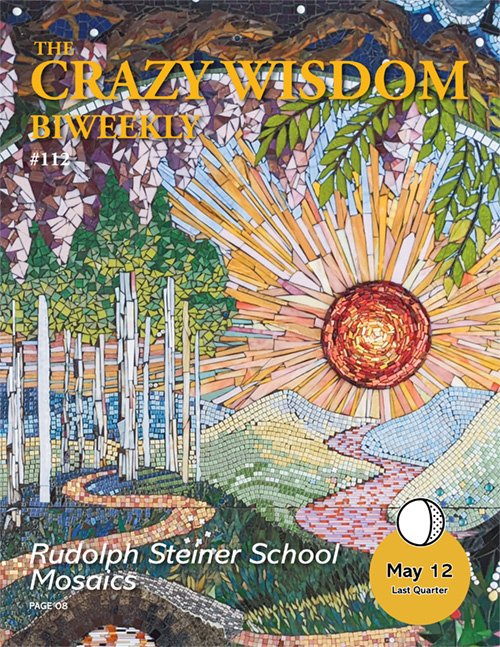


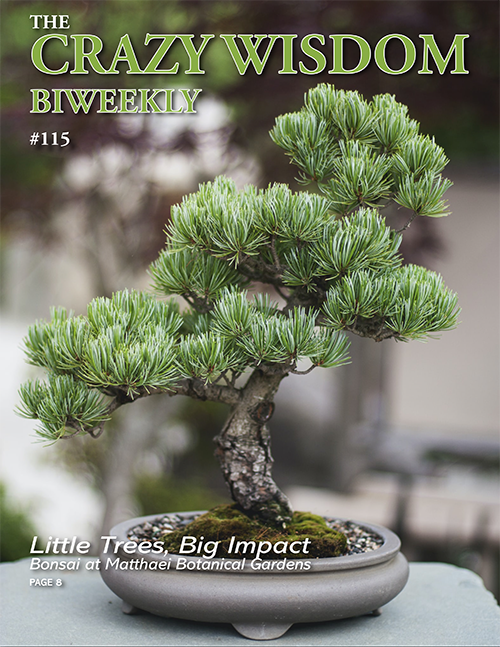
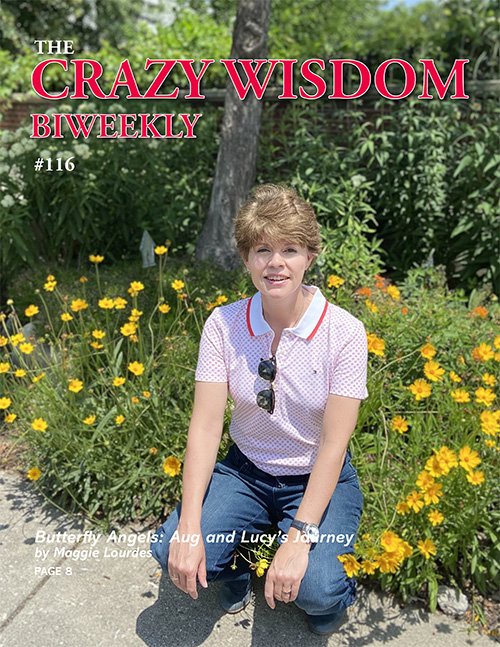

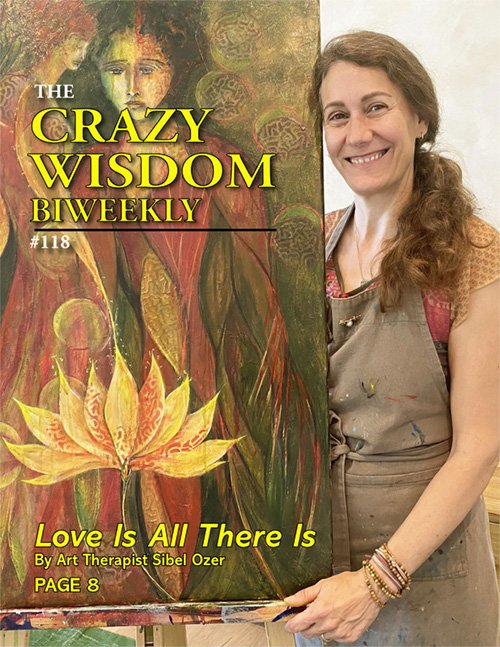



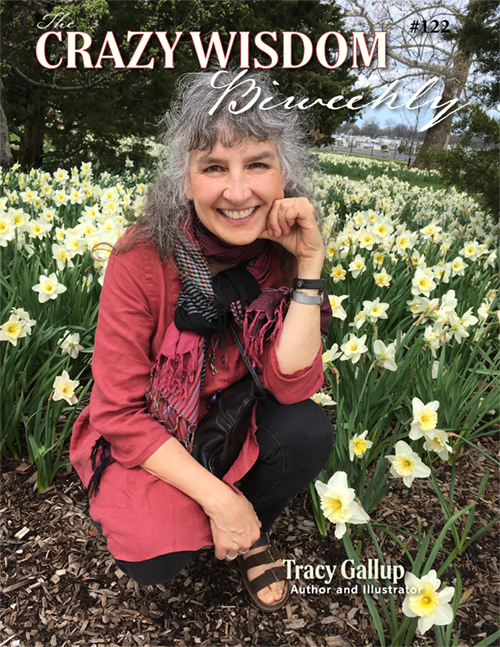

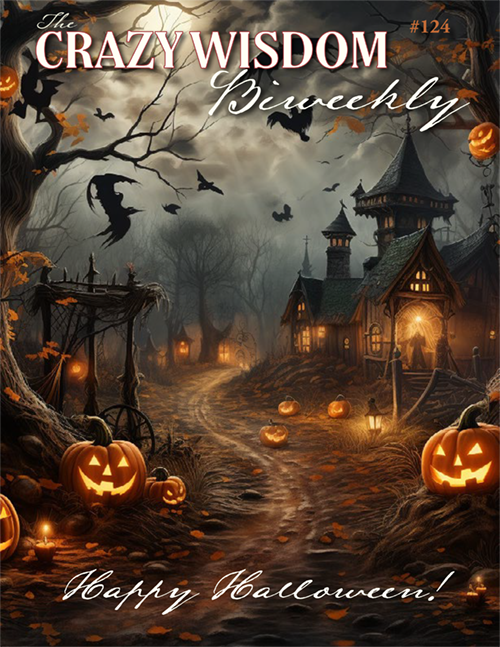



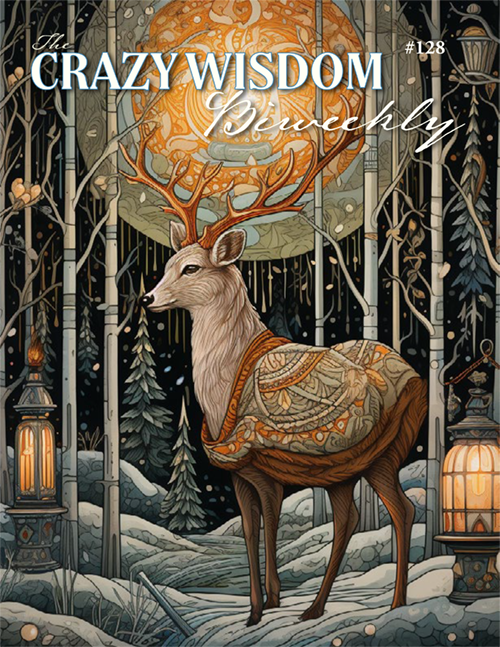

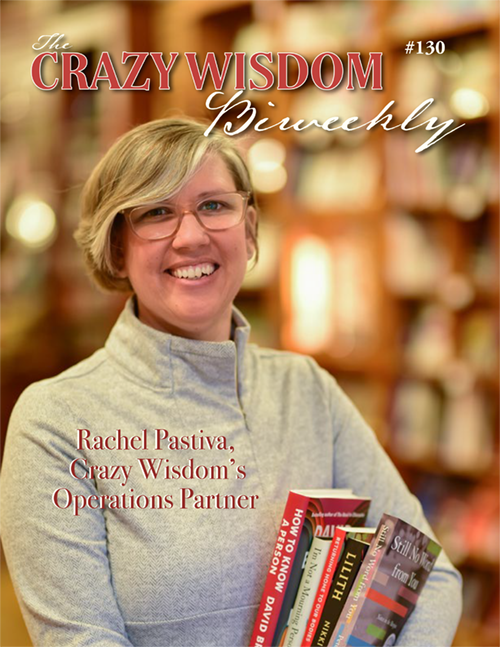

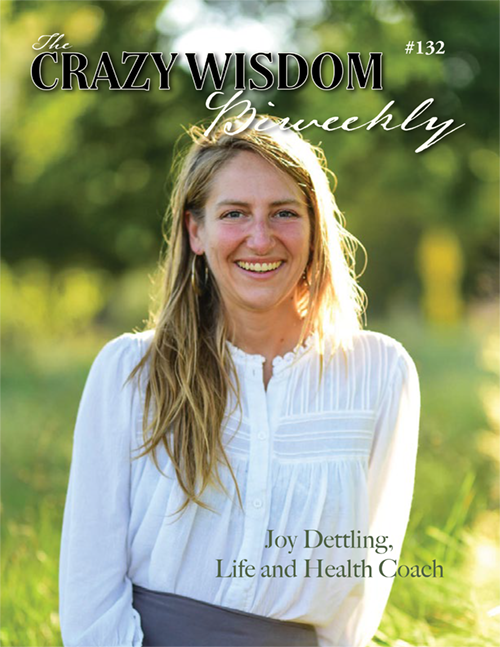
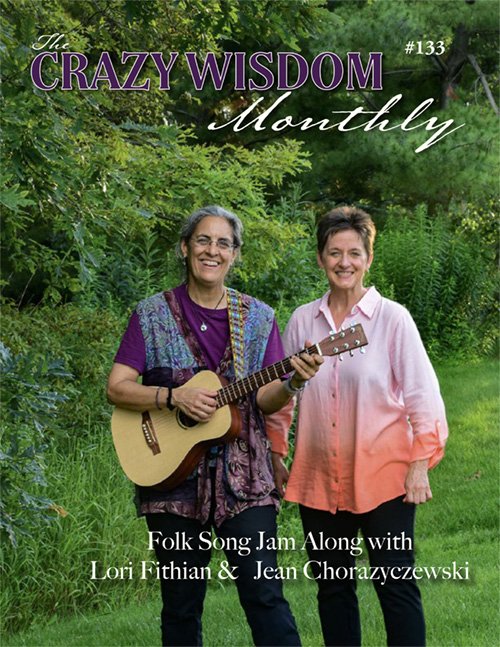












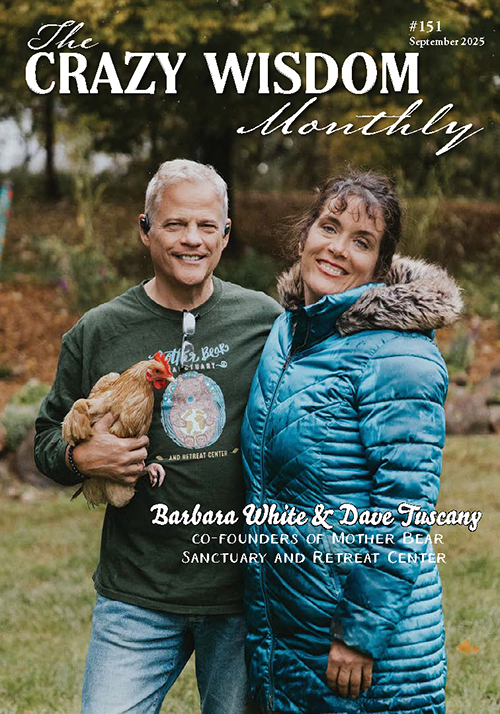
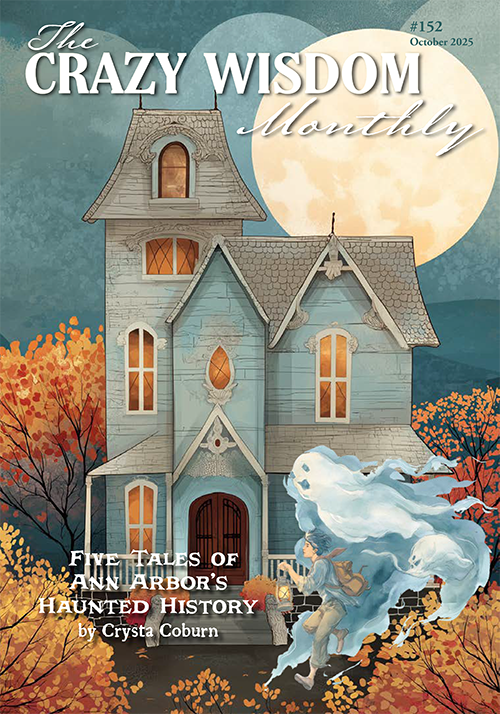




























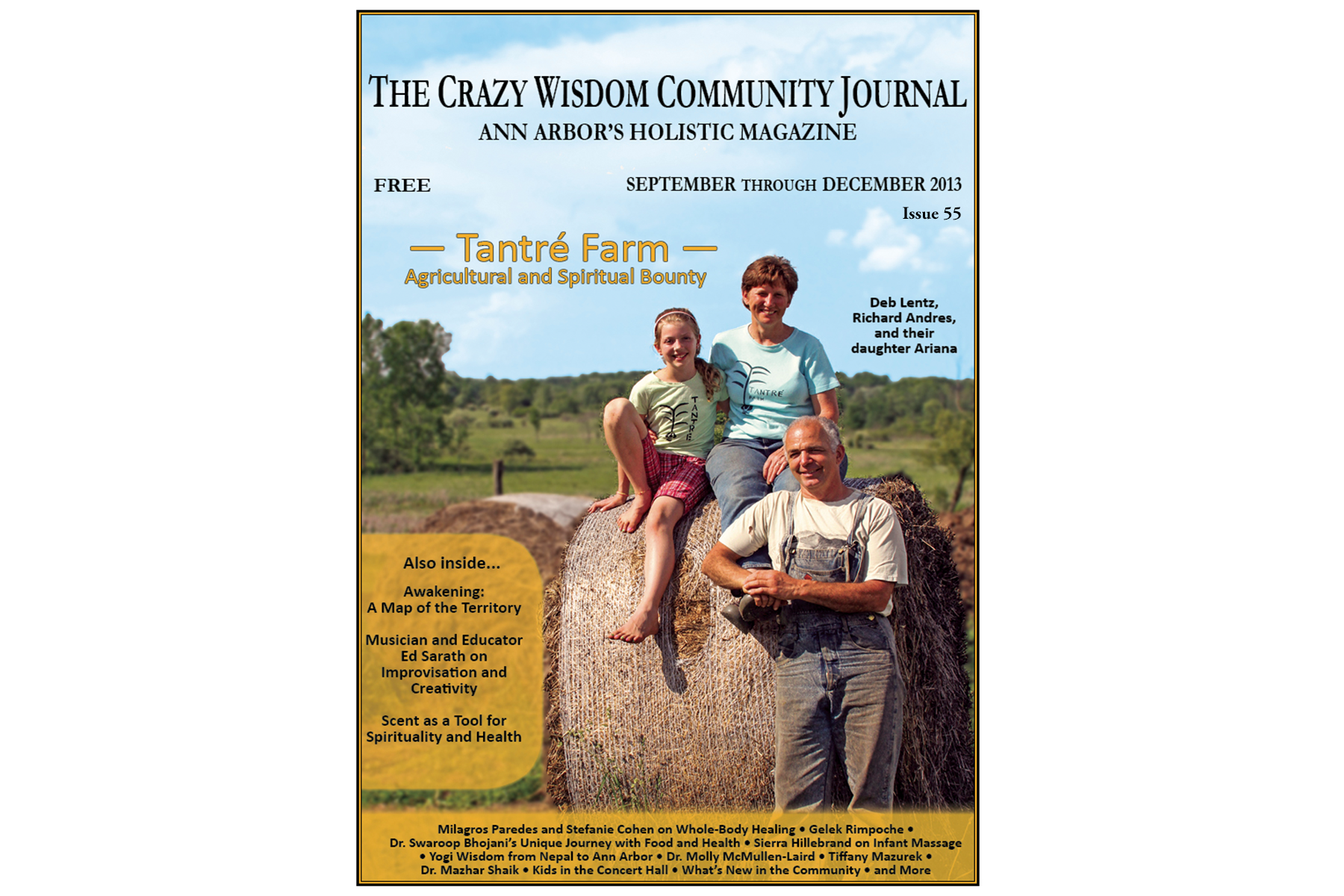


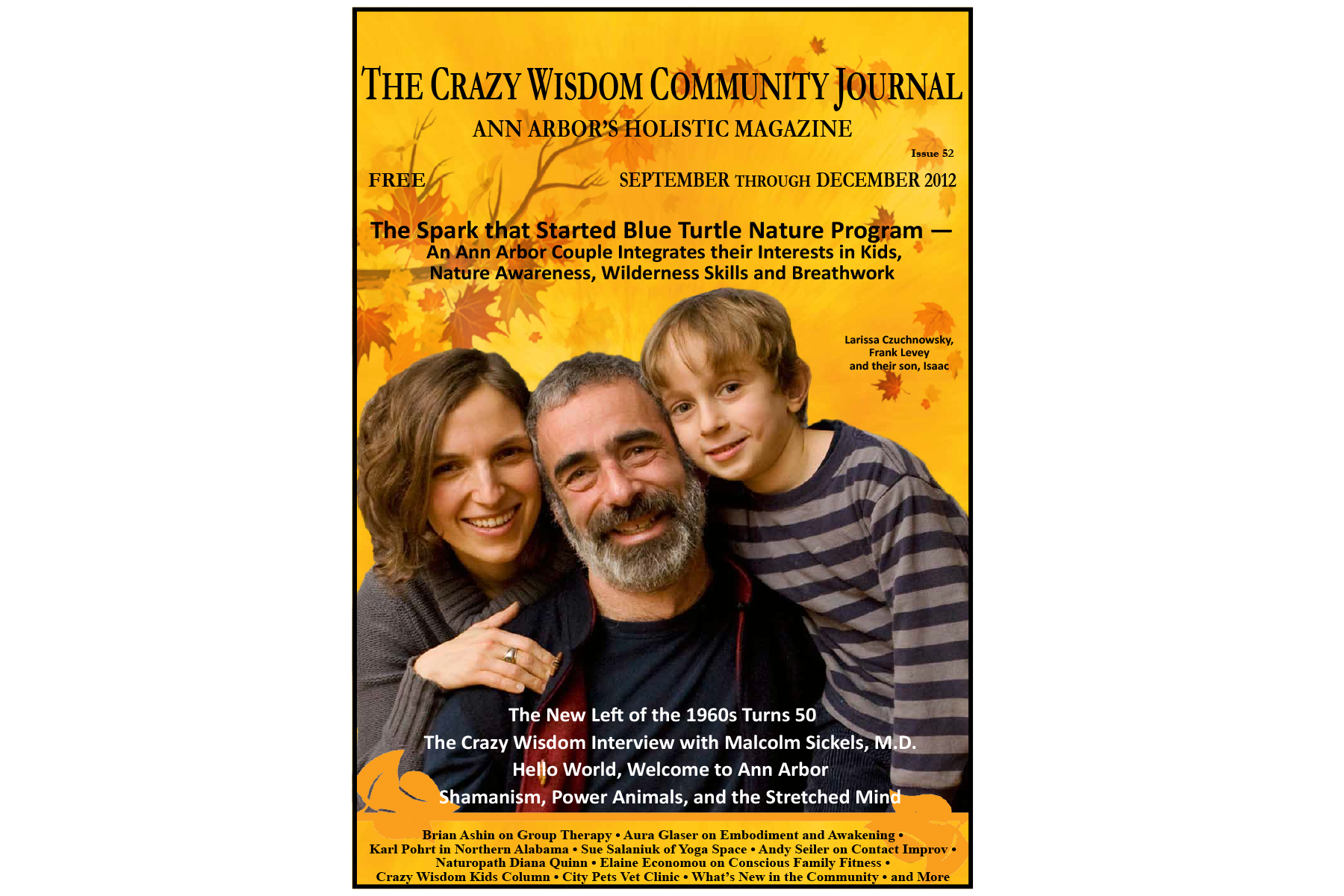




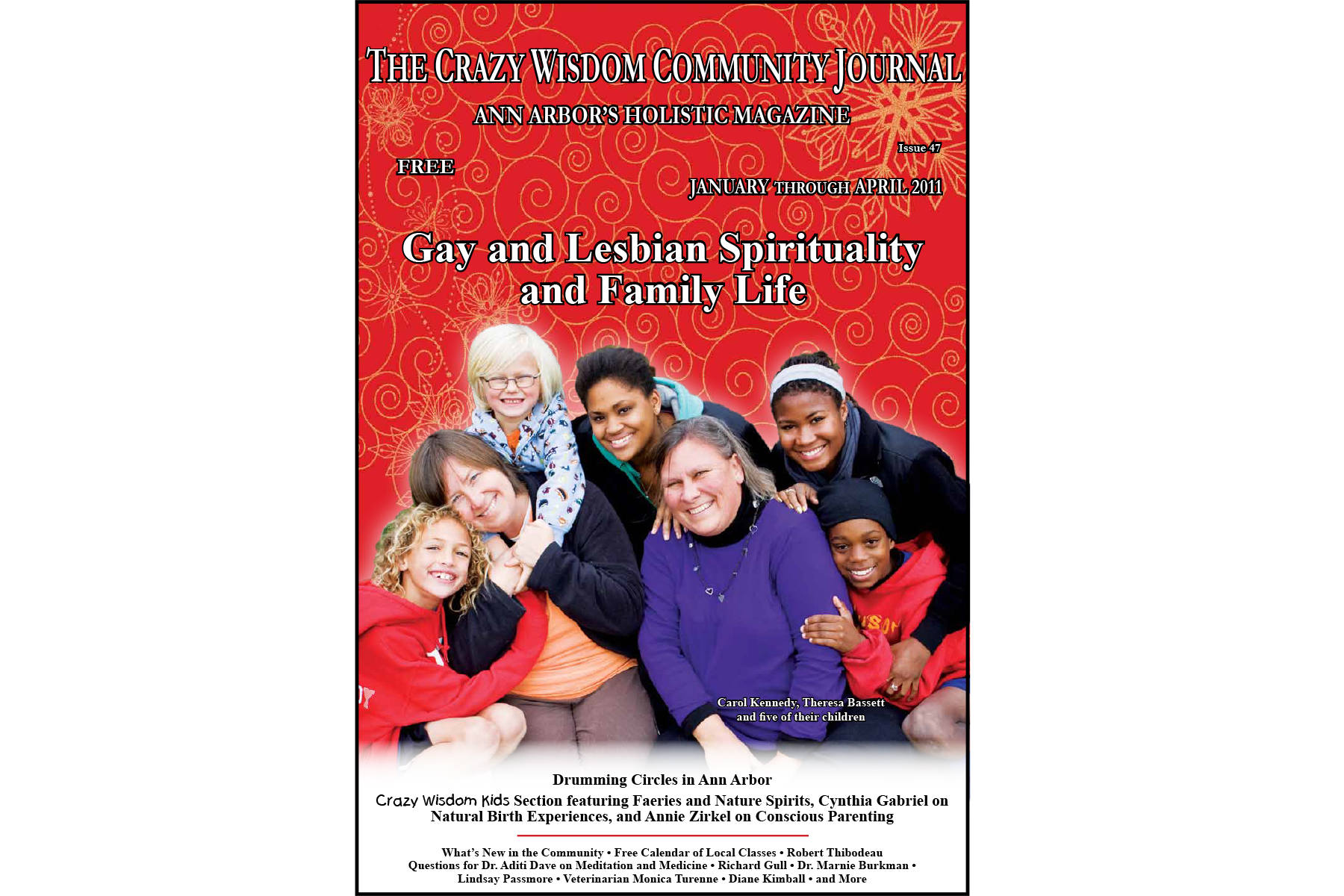






Despite the obvious boost to our health, spending time in a forest, meadow, or by a lakeside can be difficult. For some, access, transportation, and free time may be limited. But you don't need to get away to immerse yourself in the outdoors, as many have discovered since the dawn of the 2020s. Staying home, enjoying time on a porch, patio, or in your own backyard also has benefits, and more and more people are taking advantage.